-
About
- About Listly
- Community & Support
- Howto
- Chrome Extension
- Bookmarklet
- WordPress Plugin
- Listly Premium
- Privacy
- Terms
- DMCA Copyright
- © 2010-2025 Boomy Labs


 Maureen Tumenas
Maureen Tumenas
Listly by Maureen Tumenas
Some lessons on Fake News
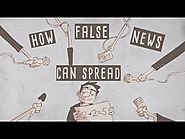
In previous decades, most news with global reach came from several major newspapers and networks with the resources to gather information directly. The speed with which information spreads now, how...
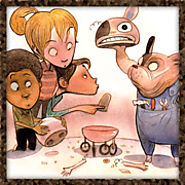
Discerning fact from fiction in news and online content has never been more challenging. From “pizzagate”—false reports of a child sex ring operating in a DC pizza parlor—and creepy clown attacks to retweeted election headlines touting events that never happened, fake news is rampant. Twenty-three percent of Americans say they have shared fabricated reports, knowingly or not, according to a December Pew Research Center report.
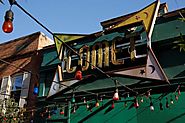
PBS LearningMedia Document for English Language Arts and Literacy, Social Studies for 6-12
In a world filled with rapid pace communication through a variety of platforms, we have an abundance of information available at our fingertips. Discerning fact from fiction can be complex. Knowing the source can be challenging, and the messages being delivered can be received in different ways, effecting certain populations of people as well as our country. View the videos in this lesson with your students to cultivate an understanding of media literacy and engage in a discussion about its impact and significance for the future.

With the advent of the Internet and social media, news is distributed at an incredible rate by an unprecedented number of different media outlets. How do we choose which news to consume? Damon Brow...

Fake news is popping up everywhere! Use these 10 tips to spot them a mile away.

Fake news is nothing new. But bogus stories can reach more people more quickly via social media than what good old-fashioned viral emails could accomplish in years past.

Your friend shares a story on Facebook. You read the headline and you think it's too good to be true, but it looks like it's from a news site. Experts offer tips to help you sniff out fact from fake.
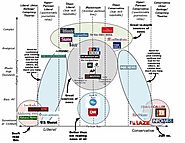

It sounds like a fake news story: Two professors plan a free online course on how to write fake news. But this course is real—as well as an act of satire. It’s called “How to Write and Read Fake News: Journalism in the Age of Trump,” and it’s being offered as a kind of performance art to draw attent

There has been a lot of talk lately about “fake news” because it has been particularly prevalent during the recent 2016 Presidential election campaign. According to a recent Pew Research Center study, 62% of Americans get their news from social media sites and 44% get their news specifically from Facebook. Nearly 90% of millennials regularly get news from Facebook. In addition, a recent study from Stanford University revealed that many teens have difficulty analyzing the news; 82% of middle school students surveyed couldn’t tell the difference between an ad labeled “sponsored content” and a legitimate news story.
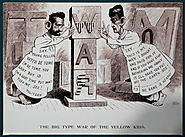

See how one educator helps students develop media literacy—a critical 21st-century skill.
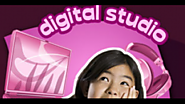
Learn to implement digital and media literacy into instruction in K-12 formal and informal settings with lesson plans, teaching resources, and videos that support critical thinking, collaboration, creativity and multimedia composition. Get the latest

When it comes to evaluating information that flows across social channels or pops up in a Google search, young and otherwise digital-savvy students can easily be duped, finds a new report from researchers at Stanford Graduate School of Education.
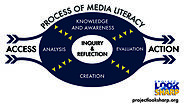
Project Look Sharp provides lesson plans, materials, training and support to help teachers integrate media literacy into their classroom curricula.

From the various news stories and blog posts recently about “fake news,” I have compiled the following recommendations and advice. (NOTE: lesson plans and related videos are posted near the bottom of this list) Do you have suggestions for content that could be added here? Please consider sending it to me: fbaker1346@gmail.com
